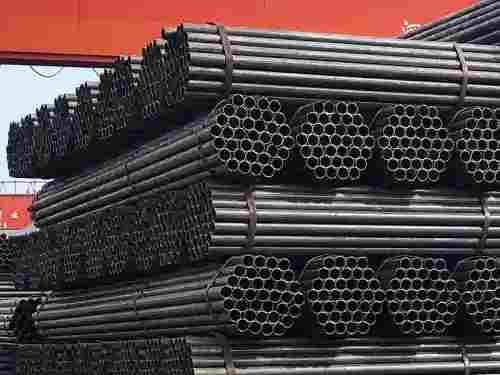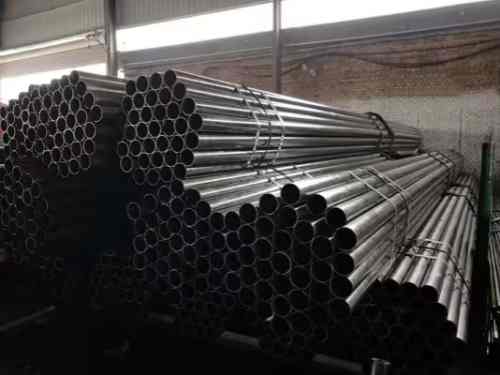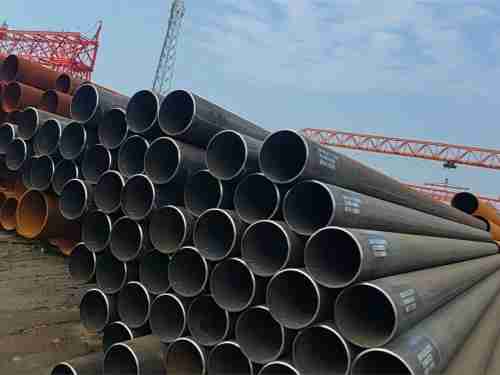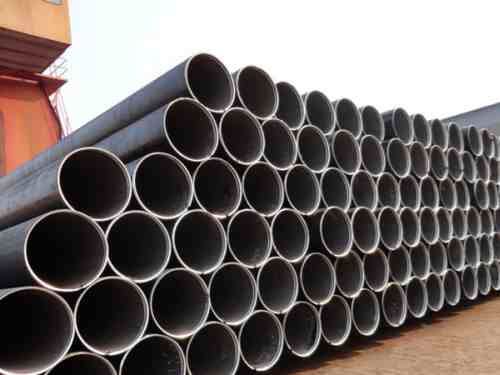Serpentine fin tube | bent fin tube
Serpentine fin tubes or bent fin tubes are an important type of heat transfer device in industrial applications such as boilers and heat exchangers, which are bent by fins to increase the surface area of the tube and improve heat transfer.
describe
What is a serpentine finned tube?
Serpentine finned tubes or bent finned tubes are an important heat transfer device widely used in industrial applications such as boilers and heat exchangers. Its unique design features continuous fins wrapped around the outer surface of the tube and bent into a serpentine shape, increasing the surface area of the tube and improving heat transfer between the tube and the surrounding environment.
What is the main use of serpentine finned tubes?
1. For small energy-saving devices, special serpentine finned tubes can be designed to meet specific requirements. The design can be optimized depending on the size and shape of the device and the required heat transfer characteristics. In applications such as renewable energy systems and electronic cooling, serpentine finned tubes can be used to increase the efficiency and performance of these devices.
2. In renewable energy systems, serpentine finned tubes can be used to transfer heat from solar panels or underground heat sources to water or other fluids. This process increases system efficiency and reduces energy consumption. Similarly, in cooling electronic components, serpentine finned tubes can be used to transfer heat away from the electronic components, thereby improving their performance and extending their lifespan.
3. Serpentine finned tubes are particularly suitable for industries that require high heat transfer rates, such as the petrochemical and power generation industries. They are available in a variety of heat exchanger designs, such as shell and tube or air-cooled heat exchangers, and are often used in applications where space is limited.
In general, the design of a specific serpentine finned tube for use in a small energy efficient facility will depend on the specific application and requirements of the facility. However, with careful design and optimization, these tubes can play an important role in improving the efficiency and performance of various energy-saving devices.
Serpentine fin tube dimensions:
Serpentine finned tubes are available in a variety of sizes and fin types to meet different application requirements. The main dimensional parameters of serpentine finned tubes include:
1. Pipe Diameter: Pipe diameter is the outside diameter of the base pipe, which can vary from a few millimeters to several inches depending on the application.
2. Fin Height: Fin height is the distance between the outer surface of the base tube and the highest point of the fin. The height of the fins can vary from a few millimeters to several centimeters.
3. Fin Thickness: Fin thickness is the thickness of the fin material and can vary depending on fin type and application requirements.
4. Fin pitch: Fin pitch is the distance between adjacent fins along the circumference of the tube. Fin spacing may vary depending on application requirements.
Types of fins commonly used for serpentine finned tubes include:
1. Extruded Fins: Extruded finned tubes have fins that are formed by extruding the fin material onto the outer surface of the base tube through a mold. This process allows the fins to be firmly attached to the base tube and provide excellent heat transfer characteristics.
2. L-foot fin: Tubes with L-foot fins have fins that are attached to the base tube by L-shaped feet that are welded to the outer surface of the tube. This type of fin has good heat transfer properties and is suitable for high temperature applications.
3. G-finned: G-finned tubes have fins that are formed by rolling flat strips of fin material into a G-shaped structure and then mechanically attaching them to the base tube. G finned tubes have high heat transfer rates and are suitable for compact heat exchangers.
4. Knurled Fins: Tubes with knurled fins have fins formed by knurling the outer surface of the base tube to form small ridges, thus increasing

 English
English Español
Español











